10 of the most poisonous plants on Earth
by Scott Dutfield · 03/08/2020
10
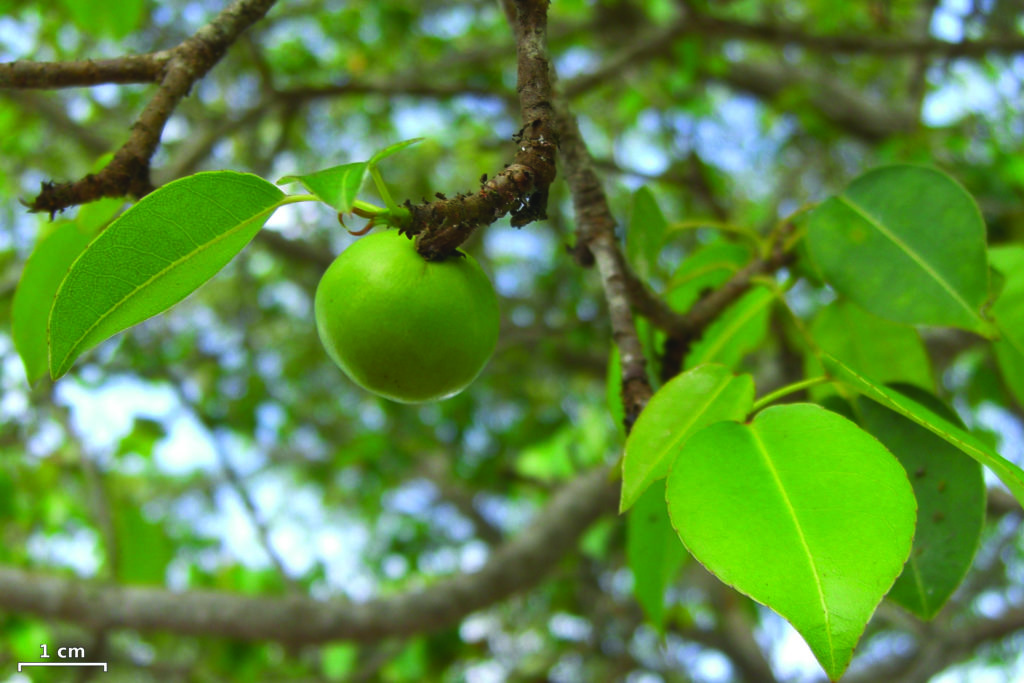
Manchineel tree (Hippomane mancinella)
Native: Central America
Few poisonous plants can infect their victims by a simple touch. Laced with a cocktail of poisons, this tree’s sap will cause irritation to the skin and eyes. Bite into the apple-like fruit and your mouth will quickly blister.
9
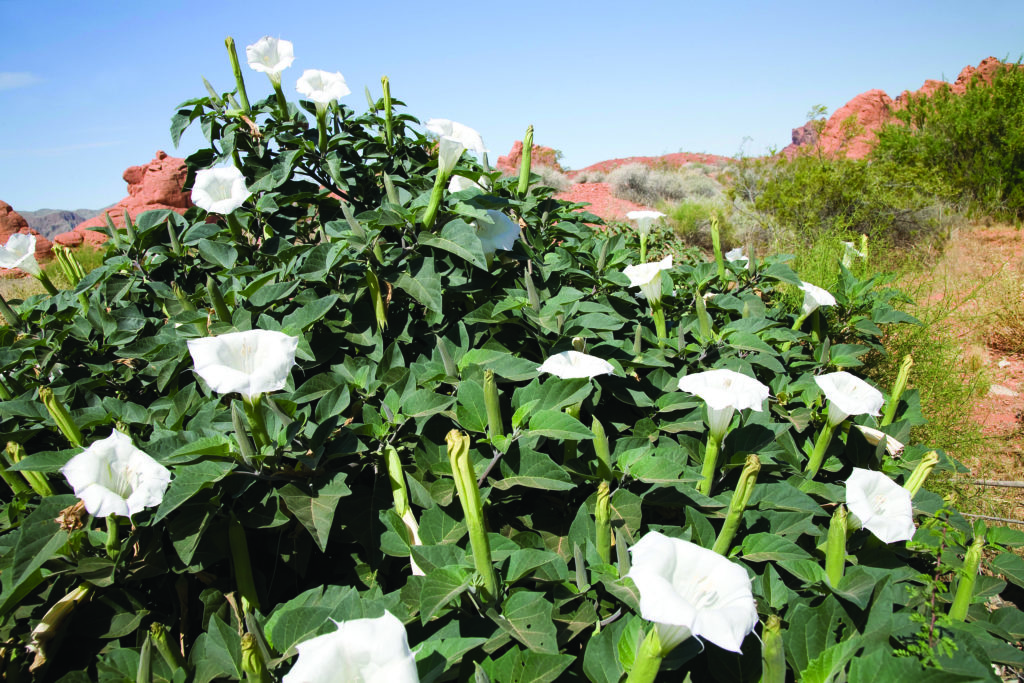
Jimson weed (Datura stramonium)
Native: Central America
Jimson weed, also called devil’s snare, is a plant in the nightshade family. Ingested in high quantities, its poison can cause seizures or place you in a coma. Its alkaloid toxins have also been known to cause hallucinations.
8
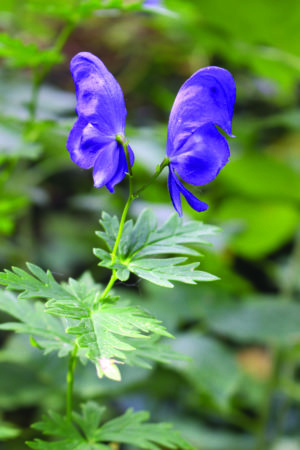
Aconite (Aconitum napellus)
Native: UK
Toxic to the touch, aconite can cause numbness and even heart difficulty after contact, thanks to its alkaloid toxins. Often mistaken for horseradish roots, this plant can cause vomiting, high blood pressure and diarrhoea when ingested.
7
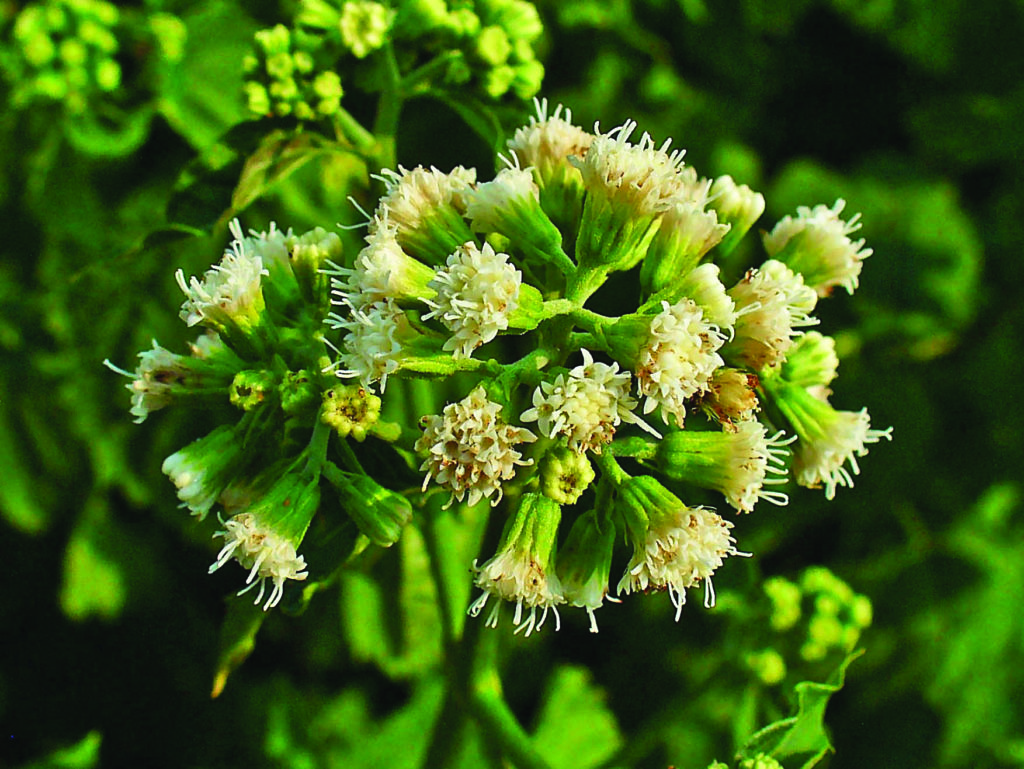
White snakeroot (Ageratina altissima)
Native: North America
This plant can cause what is commonly known as milk sickness if ingested by cattle: meat and milk by-products can contain a toxic alcohol, known as trematol, that can lead to vomiting, muscle stiffness and death.
6
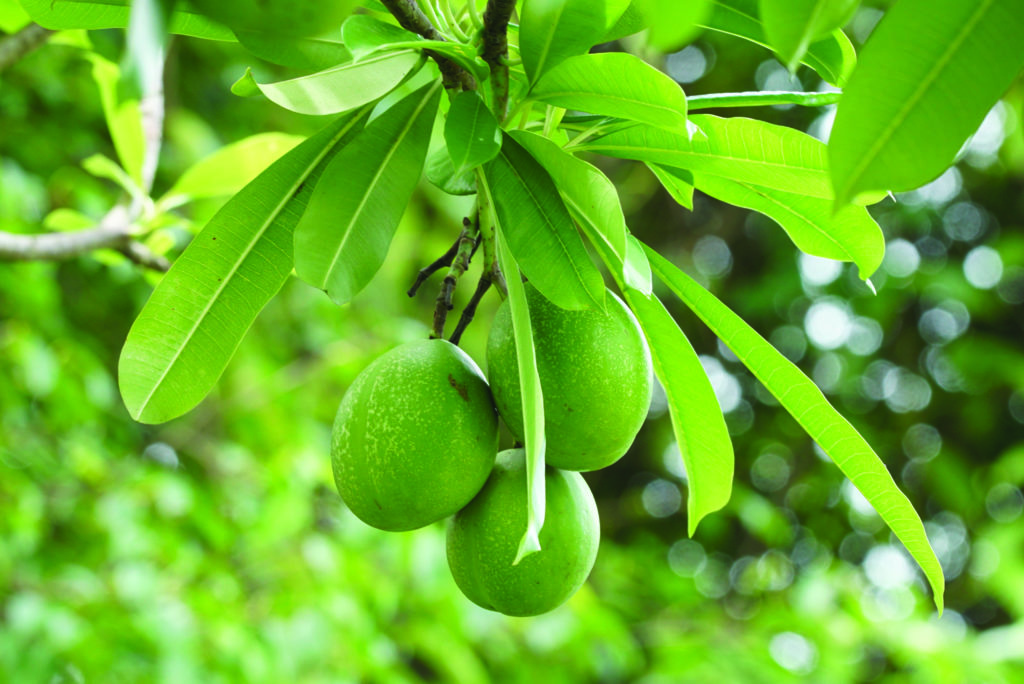
Suicide tree (Cerbera odollam)
Native: Asia and Australia
The suicide tree is named for its seemingly harmless, yet deadly, fruit. Each seed is highly concentrated in a potent cardiac glycoside called cerberin. The seeds of the tree can slow down the heart’s rhythm, sometimes to a fatal extent.
5
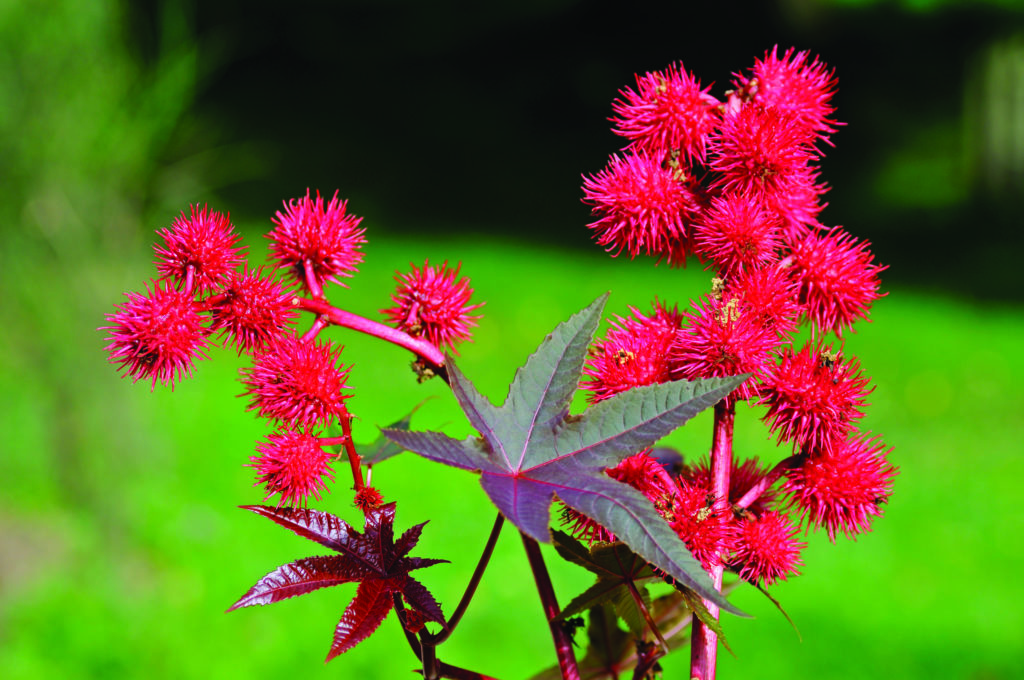
Castor bean (Ricinus communis)
Native: East Africa
Although castor oil is safe and used in food and drug production as well as beauty products, the seeds contain the poison ricin. Eating an unprocessed bean can lead to internal bleeding, vomiting and circulation failure.
4
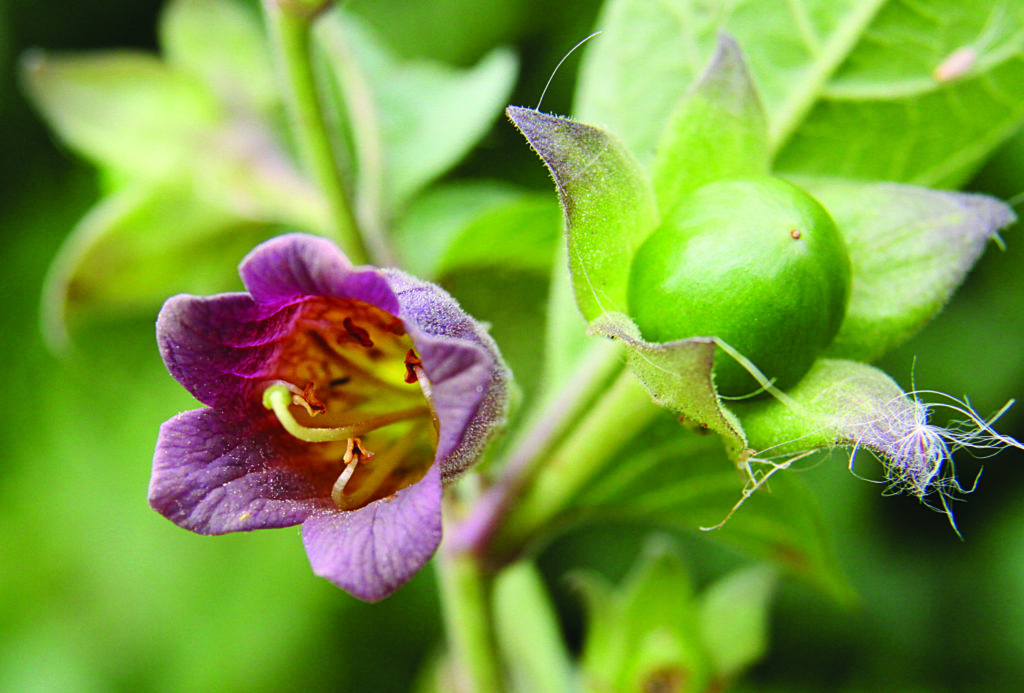
Deadly nightshade (Atropa belladonna)
Native: Eurasia and northern Africa
Deadly nightshade has a potent ability to paralyse the body’s nerves. It causes injury to the heart and intestinal muscles, and it only takes ingesting 10 to 20 berries to be fatal to an adult.
3
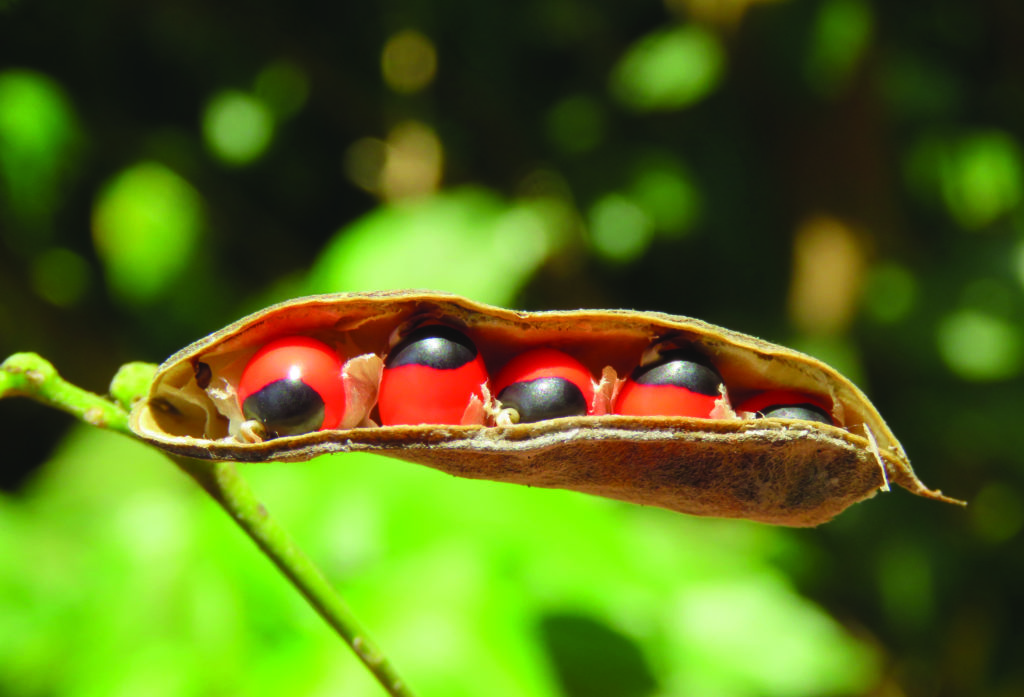
Rosary pea(Abrus precatorius)
Native: Asia and Australia
Less than three micrograms of the toxin abrin is enough to be fatal, making it deadlier than ricin. Oddly, the toxin is only held in the casing. Once that’s broken, the abrin is released, but swallowing the seeds whole is relatively safe.
2
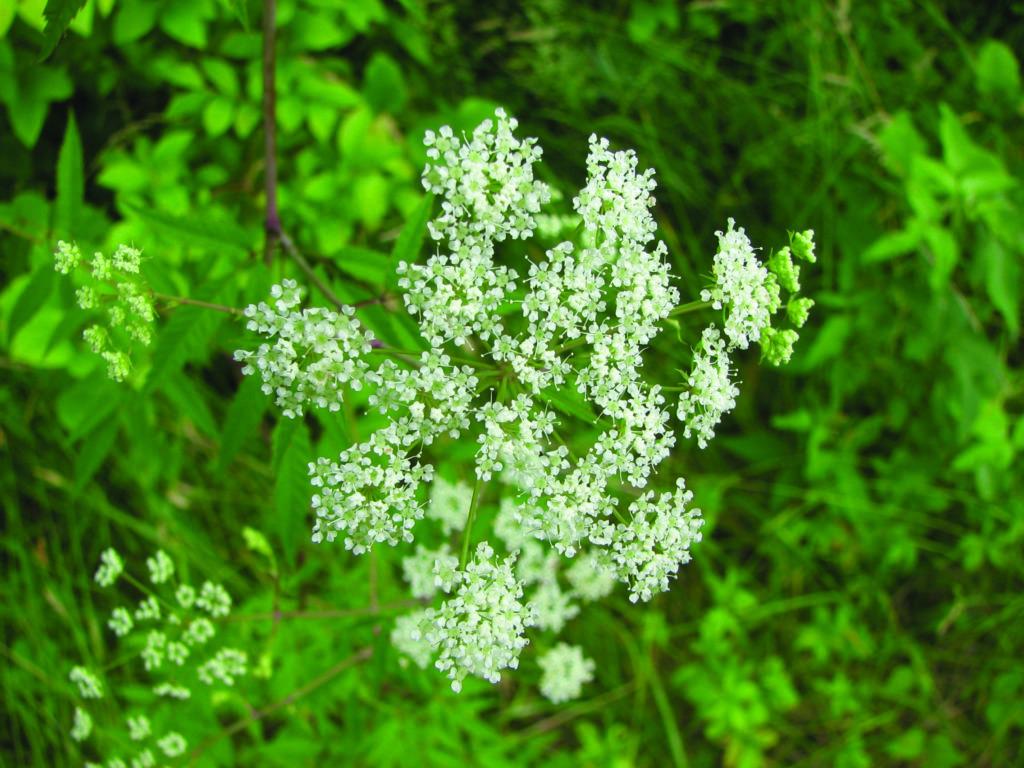
Water hemlock (Cicuta maculata)
Native: North America
Don’t be fooled by this plant’s angelic flower: this is one of the world’s most poisonous plants. Flowing through every part of the plant is a cicutoxin that can cause convulsions, muscle tremors and death. Toxins are highly concentrated in the roots.
1
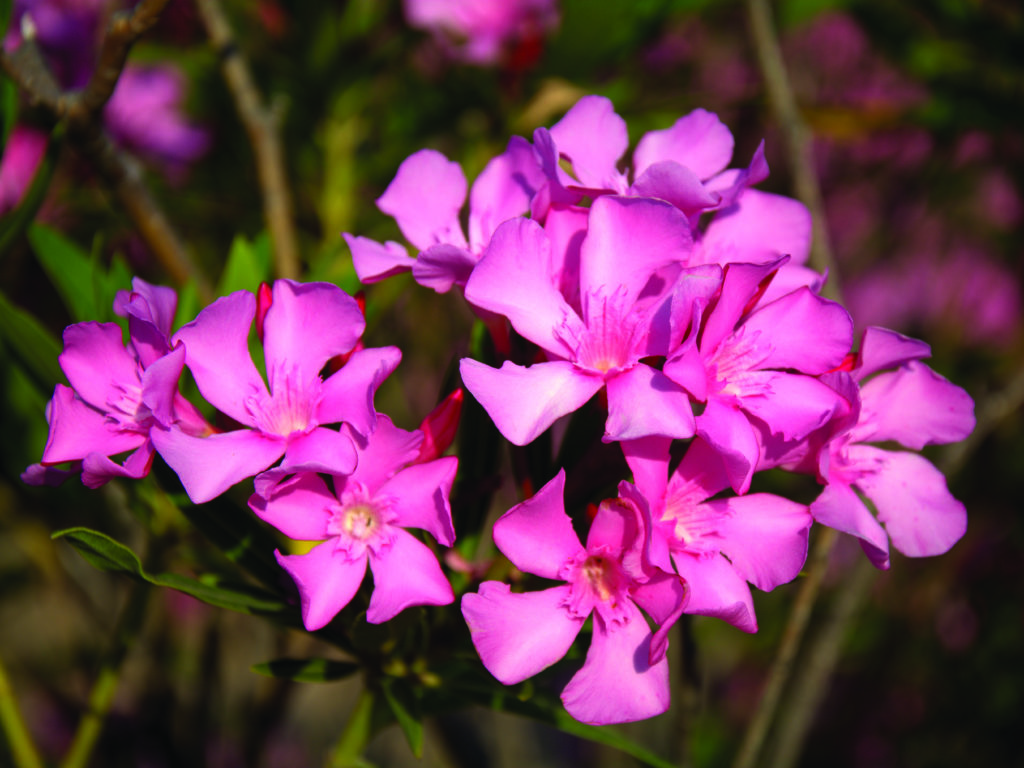
Oleander (Nerium oleander)
Native: Eurasia and northern Africa
Generally considered the worst of the bunch, this plant is poisonous from root to petal. Equipped with the toxin oleandrin, oleander can cause vomiting, irregular heartbeats and even death. Ingesting one leaf is enough to be fatal.
[If the article is from the mag and not your own work, add this: This article was originally published in How It Works issue 127
For more science and technology articles, pick up the latest copy of How It Works from all good retailers or from our website now. If you have a tablet or smartphone, you can also download the digital version onto your iOS or Android device. To make sure you never miss an issue of How It Works magazine, subscribe today!




